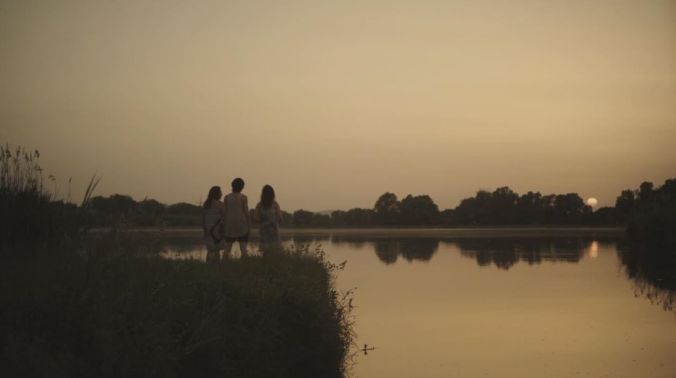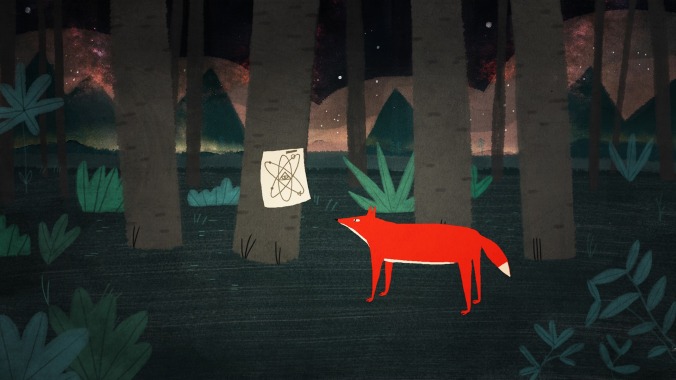Hungarian short films and animations are traditionally successful at film festivals, and thanks to the new digital platforms, these formats are getting more and more popular among wider audiences as well.
text by Dániel Deák
The presence of talented makers of short film within a film culture is one of the most invaluable indicators of its present state. In order to continue offering Hungarian productions at the most important festivals, such as – It’s Not the Best Day of My Life and Kills on Wheels presently at Karlovy Vary, young filmmakers must be supported in many ways.
The Hungarian National Film Fund started its Incubator Programme in 2015 to help filmmakers launch their debut features.
Graduate film support, however, remains one of the most significant ways of helping young talent obtain experience and present themselves to the film industry. The University of Theatre and Film Arts Budapest (SZFE), Moholy-Nagy University (MOME), and Eötvös Lórand University (ELTE) are partner institutes of Hungarian National Film Fund. Students of these schools may be able to find support for the creation of their productions, which can then be distributed at film festivals. The following is a selection of the most successful graduate films.
Let’s start with an exception. For Some Inexplicable Reason (VAN valami furcsa és megmagyarázhatatlan) was a very ambitious project by Gábor Reisz at SZFE to create a low-budget feature length film. There were a few sceptical voices around the project, but the final result convinced everybody – both audiences and the industry adored it. ‘For Some Inexplicable Reason’ had its international premiere in Karlovy Vary, and besides its festival successes, it also won the attention of Hungarian as well as German and Polish cinema audiences.. With more than 65,000 admissions, For Some… was one of the most viewed Hungarian films of the year. Not bad for a debut feature made on the budget of a decent short film.
Another SZFE film, György Mór Kárpáti’s Provincia was chosen for the Cannes International Film Festival’s Cinéfondation Selection. With its elaborate film language and unique approach, Kárpáti managed to create a simple story with artistic content. Provincia was screened at Go Short in Nijmegen, in Cairo and in Tel Aviv just to mention a few prestigious festivals during its tour. Kárpáti’s new short, Student Union has just been completed and is looking for its international premiere.
End of Puberty (A kamaszkor vége) is similar to the above mentioned films in several respects. Its director, Fanni Szilágyi, also studied at SZFE. She is able to discuss the daily life of the younger generation without affectation, relying on subtle humour to reveal tiny details, personalities, and both beauty and ugliness at the same time. End of Puberty was selected for the official competition at the Toronto International Film Festival and the Film Festival Cottbus and won the Audience Award of the Vilnius International Film Festival.
The short animations produced at MOME University have been selected for the greatest film festivals around the world. Symphony no. 42 by Réka Bucsi had no lower ambitions than to address the meaning of life – in a very visual way. The film had its world premiere at the Berlinale and had more than 100 other festival appearances,including those at Sundance, Valladolid, Vienna, Melbourne and Hiroshima. Moreover, the 10-minute- long animation has also had around 150,000 viewers on Vimeo.
MOME’s most recent success is Nadja Andrasev’s The Noise of Licking which won the Cinéfondation’s 3rd Prize at Cannes and was screened in the student film competition at the prestigious Annecy International Animation Film Festival. This animation concentrates on the strange relationship between a woman, her cat, and her flowers. Their story is told with a very rich visuality which may be familiar to visitors of the Hungarian Pavilion in Cannes – the design of which was based on the film’s atmosphere.



